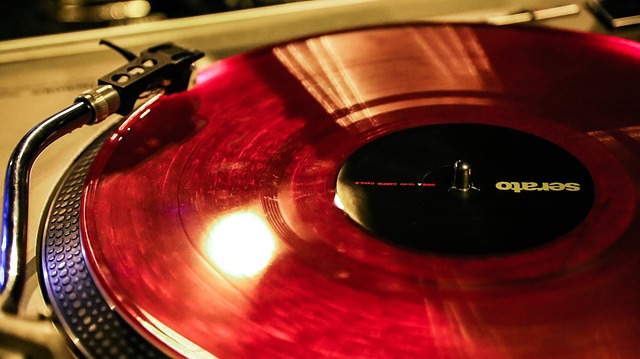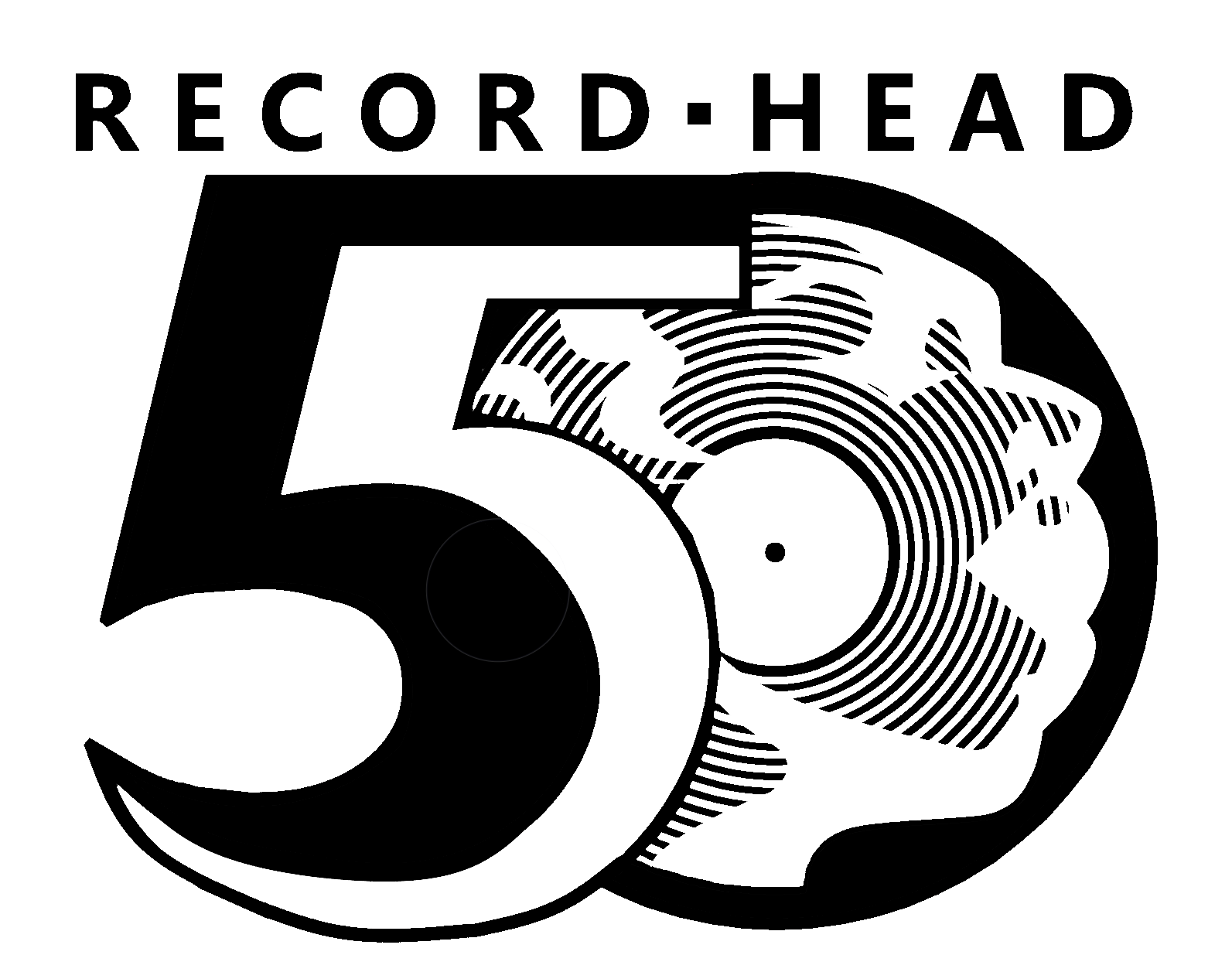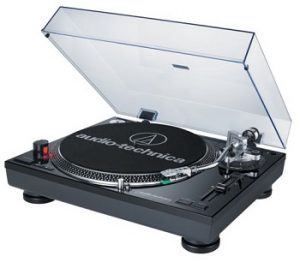
There’s something special about holding a vinyl record in your hands and then putting the needle on the record as you explore the unique artwork. While this format experienced a decline as new music technology took the forefront, the old ways are coming back.
Whether you’re interested in diving back into the world of vinyl records after decades away or you’re a young listener building your first collection, it’s good to get a refresher on how record sizes and speeds work. In this post, we’ll look at the meanings behind record player speeds and vinyl size charts so you can enjoy your favorite albums confidently.
Understanding Record Player Speeds
To understand record speeds, we must first learn how vinyl records work. Unlike today’s digital technology for physical music releases — which relies on machines to print and read binary code onto a CD — vinyl records are analog media. Manufacturers will carve vinyl records with the literal representation of the sound waves the band captures during a recording session.
As the album spins on your record player, the needle fits into those grooves and reproduces the sound. Record players feature mechanisms that detect and send that sound through your speakers. That’s right — vinyl records make noise even without speakers, however quiet it may be.
So where does record speed factor in? To accurately reproduce the sounds carved into the vinyl disc, the record player needs to spin the album at the appropriate speed. Otherwise, the playback will sound out of pitch. Spin a record too fast, and it will sound high-pitched and squeaky. Too slow, the playback will be muffled and sound lower-pitched than the original recording. Most record players spin at three speeds measured in rounds per minute (RPM):
- 33-1/3 RPM
- 45 RPM
- 78 RPM
Understanding the Vinyl Record Size Chart
Now that you understand record player speeds, you need to learn to tell if a record is 33 or 45 RPM, as these are the two most common speeds. Records come in different sizes that hold different quantities of music. There are three standard record sizes to correspond with the three speeds:
- 12-inch: Twelve inches is the standard diameter for full albums, generally holding up to 22 minutes per side. These records run at 33-1/3 RPM. As a general rule, a record with a larger diameter takes more time to complete a rotation than a smaller one, meaning an extensive record will have a smaller RPM.
- 7-inch: While not as common as 12-inch records, 7-inch presses feature one or two songs per side and run at 45 RPM. The 45 offers a space-efficient option that labels would use to release singles.
- 10-inch: As the least standard record size and the exception to the general rule, 10-inch records run at 78 RPM. Most 10-inch records were released before the 1950s, making them unique additions for collectors.
Find Vinyl Records, Sound Systems, and Accessories at Record Head
If you’re interested in adding to your record collection or starting one from scratch, Record Head in West Allis, WI, is a great place to buy, sell and trade vintage music. Our inventory is continuously rotating, so stop in often or get in touch to see what we have in-store today! You can also shop our records online.








